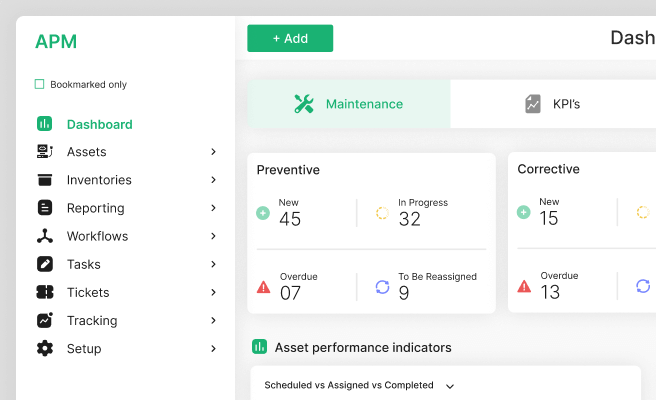Cohort Analysis
<p>Cohort analysis is a powerful analytical tool used in product design and marketing to understand the behavior of a group of users with a shared characteristic over a specified period. By examining these cohorts, businesses can identify trends, measure user retention, and make data-driven decisions to enhance product performance and user experience.</p>
<p>The concept of cohort analysis has its roots in medical and demographic studies, but it has become a critical component in the tech and marketing industries. This analysis allows companies to track metrics such as user engagement, retention, and churn rates, providing insights into how different user segments interact with a product over time.</p>
<h2>Importance of Cohort Analysis</h2>
<p>Cohort analysis is essential for product managers and marketing teams as it helps them:</p>
<ul>
<li>Identify user behavior patterns and trends.</li>
<li>Assess the effectiveness of marketing campaigns and product features.</li>
<li>Improve user retention by understanding why users leave.</li>
<li>Make informed decisions about product development and marketing strategies.</li>
</ul>
<p>For example, a <a href="https://amplitude.com/cohort-analysis" style="color: #2896FF; text-decoration: underline;">cohort analysis</a> can reveal that users who sign up in a particular month are more likely to remain active compared to those who sign up in another month. This information can guide product enhancements and targeted marketing efforts.</p>
<h2>Components of Cohort Analysis</h2>
<p>To conduct a cohort analysis, you need to understand several key components:</p>
<h3>1. Cohort Definition</h3>
<p>A cohort is a group of users who share a common characteristic within a specific timeframe. For instance, users who signed up for a service in January form a January cohort.</p>
<h3>2. Metrics</h3>
<p>Common metrics tracked in cohort analysis include:</p>
<ul>
<li><strong>Retention Rate:</strong> The percentage of users who continue to engage with the product over time.</li>
<li><strong>Churn Rate:</strong> The percentage of users who stop using the product after a certain period.</li>
<li><strong>Conversion Rate:</strong> The percentage of users who take a desired action, such as making a purchase.</li>
</ul>
<h2>Benefits of Cohort Analysis</h2>
<p>Cohort analysis offers several benefits for businesses:</p>
<h3>Actionable Insights</h3>
<p>By analyzing different cohorts, businesses can identify specific user behaviors and preferences. This enables them to tailor their products and marketing strategies to meet user needs more effectively.</p>
<h3>Improved Retention</h3>
<p>Understanding why users churn allows companies to implement targeted interventions to improve retention rates. For example, a SaaS company might discover that users are dropping off after a free trial period, prompting the introduction of a more engaging onboarding process.</p>
<h3>Enhanced Product Development</h3>
<p>Insights from cohort analysis can guide product development by highlighting which features resonate with users and which need improvement. This ensures that resources are allocated efficiently, focusing on high-impact areas.</p>
<h2>Challenges in Cohort Analysis</h2>
<p>While cohort analysis is a valuable tool, it comes with challenges:</p>
<h3>Data Quality</h3>
<p>Accurate and comprehensive data is crucial for meaningful cohort analysis. Incomplete or erroneous data can lead to incorrect conclusions and misguided strategies.</p>
<h3>Complexity</h3>
<p>Interpreting cohort data can be complex, especially for businesses with large user bases and multiple products. It requires expertise in data analysis and the ability to draw actionable insights from the data.</p>
<h2>Real-World Examples</h2>
<p>Several companies have successfully used cohort analysis to drive growth and improve user retention:</p>
<h3>Netflix</h3>
<p>Netflix uses cohort analysis to understand viewing habits and preferences. By analyzing cohorts of users based on their signup date, Netflix can tailor content recommendations and marketing efforts to different user segments, enhancing user engagement and retention.</p>
<h3>Spotify</h3>
<p>Spotify leverages cohort analysis to track user behavior and optimize its product features. By examining how different cohorts interact with the platform, Spotify can identify trends and implement changes to improve the overall user experience.</p>
<h2>Conclusion</h2>
<p>Cohort analysis is a powerful method for gaining insights into user behavior and making data-driven decisions. By understanding how different user segments interact with a product over time, businesses can enhance retention, optimize marketing strategies, and drive product development. For those looking to improve their <a href="https://www.amplitude.com/cohort-analysis-guide" style="color: #2896FF; text-decoration: underline;">cohort analysis strategies</a>, conducting regular cohort analyses and addressing data quality and complexity challenges are essential steps to achieving success.</p> <p>Increase user engagement that converts your demos into sales. Optimise your UX strategies with our audits.
<p>Fill out the <a href="https://tally.so/r/n97pxQ" style="color:#2896FF; text-decoration:underline;">UX Audit form</a> to get started. Ready to discuss your needs? <a href="https://cal.com/akhilak/what-if-design?duration=25" style="color:#2896FF; text-decoration:underline;">Book a consultation call</a> with us today.</p></p>

Let's scale your impact with great design.
Free consultation, no sales pitch
Thank you! Your submission has been received!
Oops! Something went wrong while submitting the form.
Let’s talk
Nothing great is built alone.
Let’s connect about your vision, our work and how we can collaborate.
Get in touch

